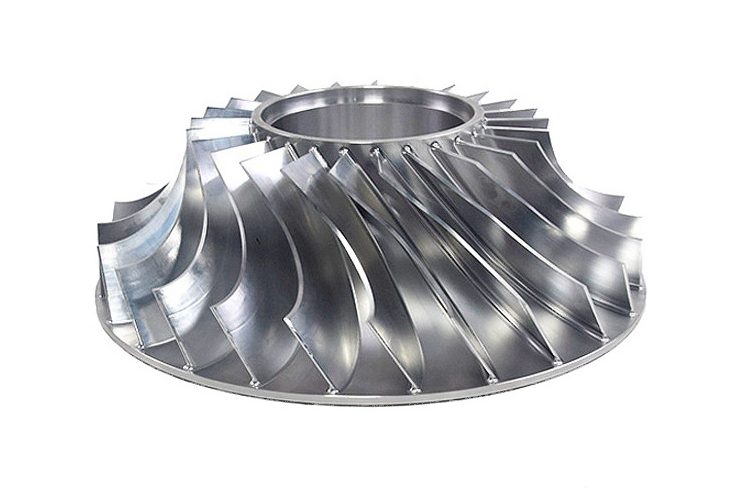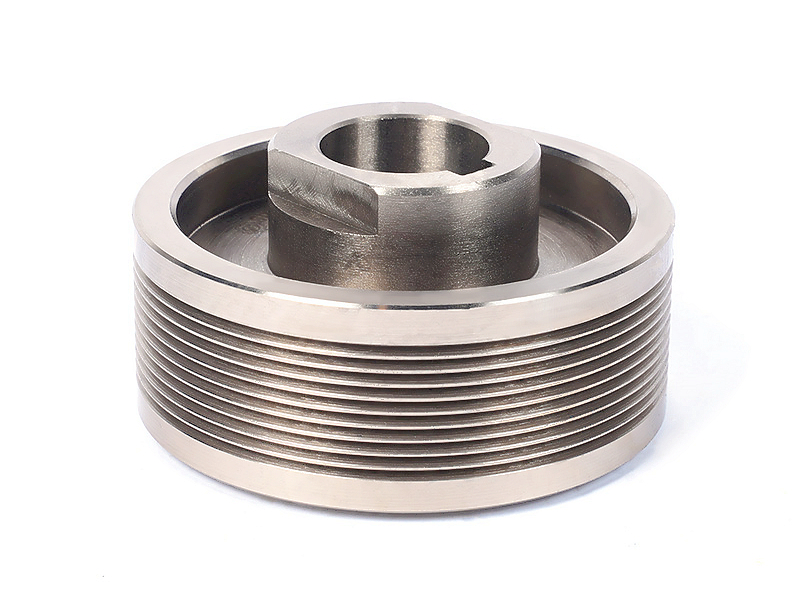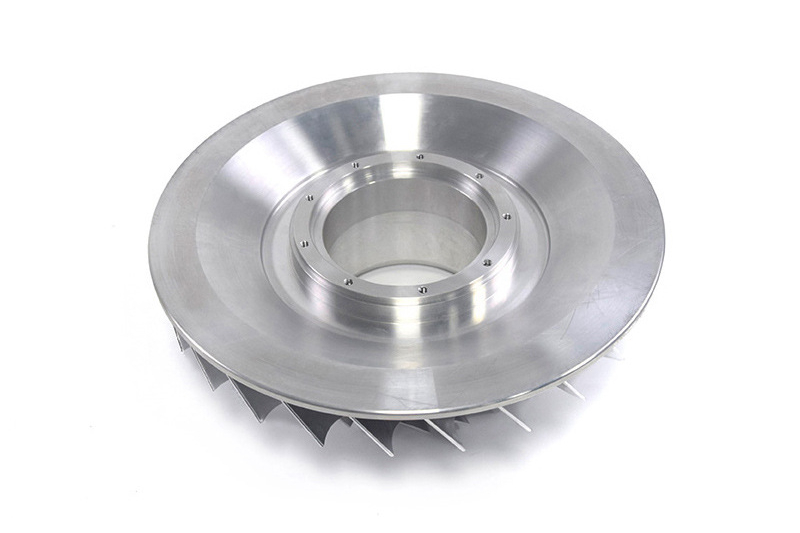What is the usual timeline from design review to final titanium delivery?
The timeline from design review to final delivery of titanium CNC machined parts is a multi-stage process, highly dependent on part complexity, quantity, and the supplier's level of integration and expertise. While expedited services exist, a typical project for a complex, flight-critical or medical-grade component follows a rigorous, phased timeline spanning several weeks.
Phase 1: Design for Manufacturability (DFM) and Quotation (3 to 5 Business Days)
This critical first phase is not merely a cost estimation but a collaborative engineering effort. A capable supplier will perform a thorough DFM analysis on your models, identifying potential issues such as hard-to-machine internal features, sharp corners that induce tool wear, or thin walls susceptible to vibration. They will suggest optimizations for the CNC Machining Process to enhance stability and reduce cost. For a true One Stop Service provider, this phase also includes planning for required post-processing, such as Heat Treatment for stress relief or Anodizing/PVD Coating. A detailed quotation and project plan are delivered at this stage.
Phase 2: Prototyping and Process Validation (1 to 3 Weeks)
For new designs, a prototyping phase is essential to de-risk the full production run. Using CNC Machining Prototyping, the supplier machines a small batch of parts to validate the design, fit, function, and their manufacturing process. This phase includes creating and verifying the CNC program, selecting and testing optimal tooling, and establishing stable machining parameters for titanium. The parts from this phase undergo initial inspection. If the design is already validated, this phase may be shortened or combined with initial production.
Phase 3: Production Machining (1 to 4 Weeks)
This is the core manufacturing phase. The timeline here is directly proportional to part quantity and complexity. A simple, low-volume batch may be completed in a week, while complex, high-precision components requiring Multi-Axis Machining or Precision Machining Service for intricate aerospace brackets or medical implants will take longer. The inherently slower machining speeds for titanium, necessary for tool life and part integrity, must be factored in. This phase also includes in-process quality checks.
Phase 4: Post-Processing and Surface Treatment (1 to 2 Weeks)
Once machined, parts almost always require secondary operations. This includes deburring, often via Tumbling and Deburring, and any specified surface treatments. Common timelines for these processes include:
Heat Treatment (Stress Relief): 2-3 days.
Vibratory Finishing/Passivation: 3-5 days.
Anodizing (for certain alloys) or specialized coatings like PVD: 5-7 days.
These steps can often run in parallel for different part batches, but critical path activities must be sequenced correctly.
Phase 5: Final Quality Assurance and Shipping (3 to 5 Business Days)
This is the final and critical gate before delivery. Every part undergoes a comprehensive Final Inspection, typically using CMMs and other metrology equipment, to verify all critical dimensions are within the drawing's geometric dimensioning and tolerancing (GD&T) specifications. Documentation, including material certifications, first article inspection reports (AS9102, PPAP, etc.), and certificates of conformity, is compiled. Finally, parts are packaged to prevent damage during transit and shipped.
Total Timeline and Expediting Factors
A typical, well-executed project for a complex titanium part has a total lead time of 4 to 8 weeks. This can be compressed to 2-3 weeks for expedited projects, often at a premium cost and potentially requiring shift work. The timeline is highly influenced by:
Design Complexity & Stability: A mature, manufacturable design avoids costly revisions.
Material Availability: Certain titanium grades may have longer procurement lead times.
Quality & Compliance Requirements: Stringent aerospace (Aerospace and Aviation) or medical (Medical Device) standards necessitate more thorough documentation and inspection, adding time.
Engaging a supplier early in the design process is the most effective way to optimize the entire timeline.



